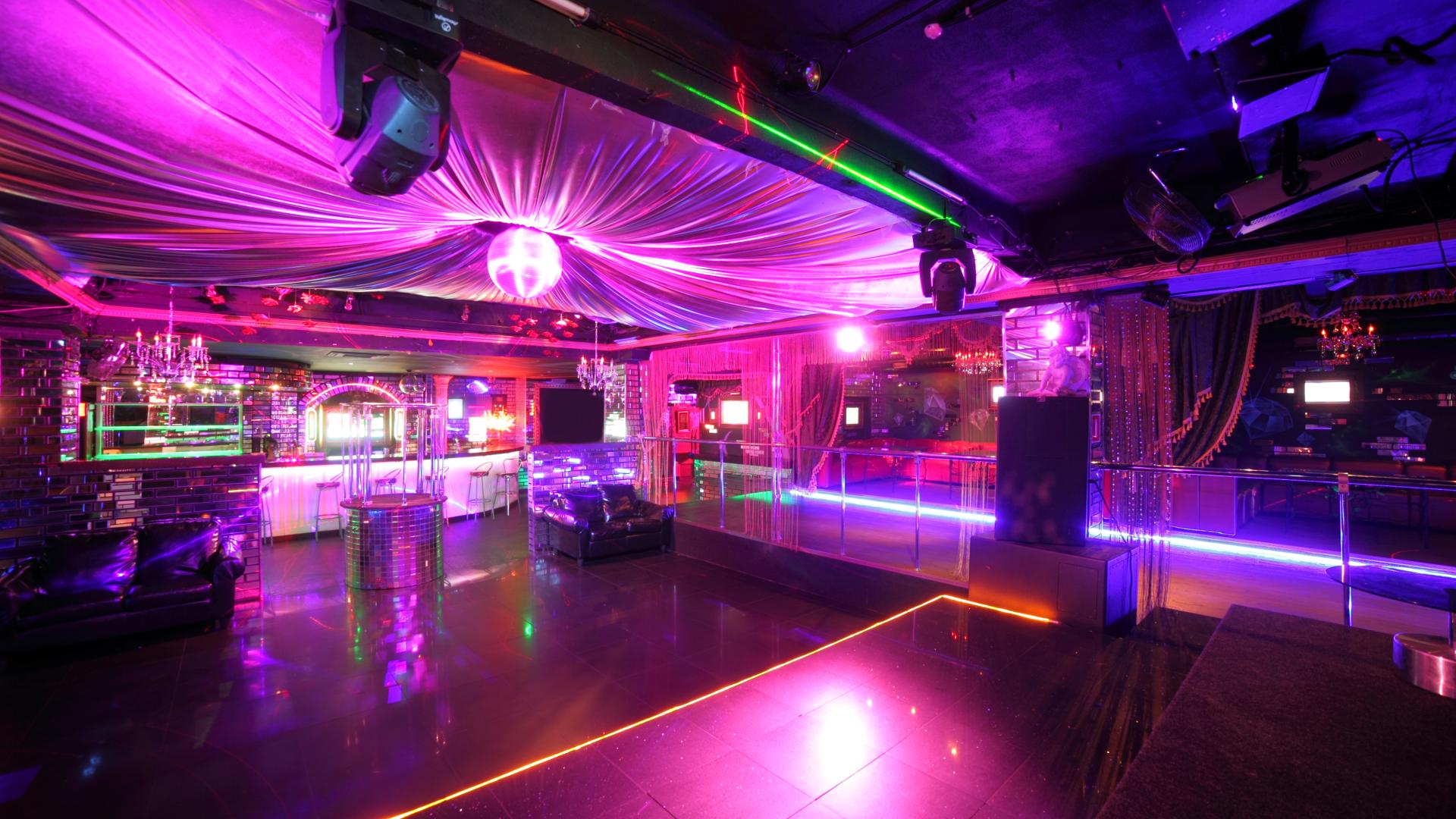Enhancing Ingenuity With Color Principles in Light Emitting Diode Movement Floor Layouts
Enhancing Ingenuity With Color Principles in Light Emitting Diode Movement Floor Layouts
Blog Article
Hue concept is an crucial element of design, especially as it comes to creating light-emitting diode dance surfaces. The interaction of colors can significantly influence the mood and energy of a venue. Through understanding how hues function together, creators can create an environment that improves the total experience for dancers. This article examines the basics of color principles and its application in light-emitting diode dance floor layouts.
The main hues are crimson, azure, and golden. These hues cannot be created by blending different hues combined. Intermediate hues, such as emerald, tangerine, and violet, are created by mixing primary colors. Third-level hues are created by combining a main color with a secondary color. Understanding these basic relationships helps designers select hues that enhance one another and produce a aesthetically appealing display. Combining these hues on an LED dancing surface can result to vibrant and stimulating outcomes that capture the attention of dancers.
Color temperature also holds a key part in aesthetics. Colors can be categorized as warm or cool. Hot hues, such as crimson, tangerine, and golden, tend to elicit emotions of enthusiasm and warmth. In contrast, cool colors like azure, emerald, and violet typically generate a calm and soothing atmosphere. Creators can use these color temperatures to set the ambiance for different kinds of events. For instance, a celebration environment may gain from warm site colors that invigorate the audience, while a further relaxed event might use chill hues to offer a soothing effect.
In addition to hue combinations and temperature, brightness and intensity are vital elements to take into account. Luminosity refers to how light or dark a color looks, while intensity indicates the vividness of a hue. Vivid, saturated colors can generate a lively and lively environment, ideal for dancing floors. On the other hand, gentler, lower saturated colors can generate a further subdued atmosphere. Through manipulating brightness and saturation, designers can draw attention to particular sections of the dance floor or establish sight pathways, guiding dancers through the venue.
Finally, it is essential to take into account the emotional effects of hue in LED dancing surface designs. Different hues can elicit various emotions and responses. For instance, crimson is often associated with zeal and vitality, while azure can be calming and tranquil. Understanding these associations enables creators to tactically dance floor rental for seasonal events use hues to affect the actions of participants. By incorporating hue principles into LED dance floor designs, designers can enhance the total experience, rendering it memorable and enjoyable for all participating.